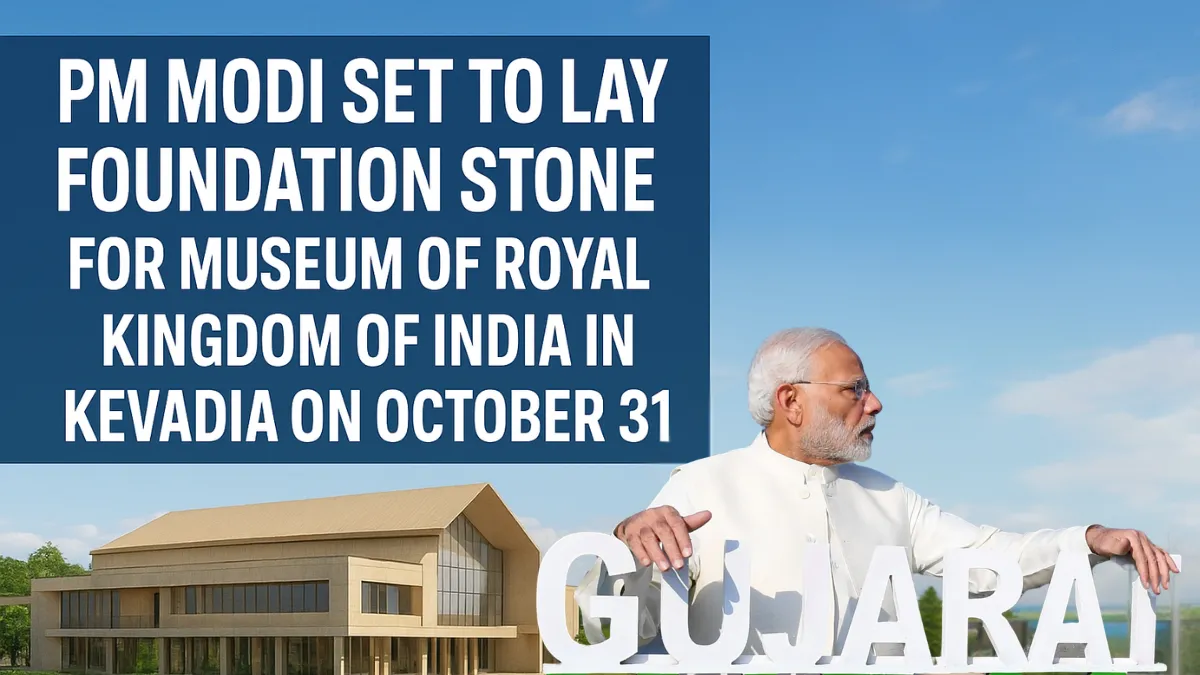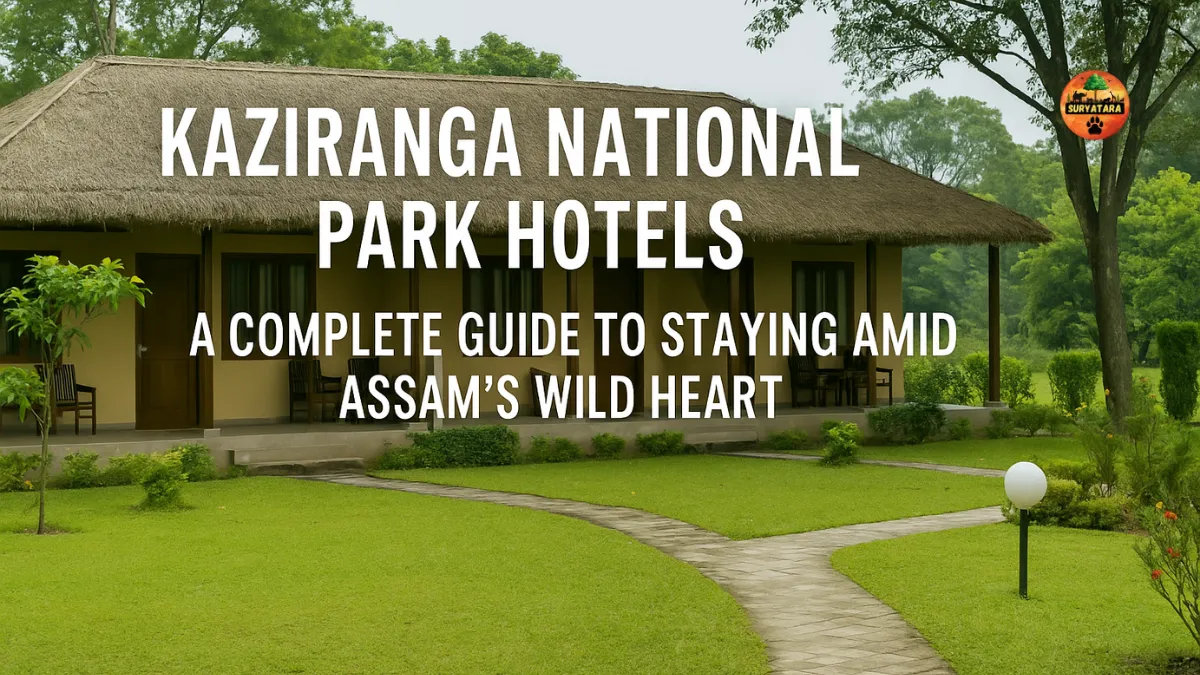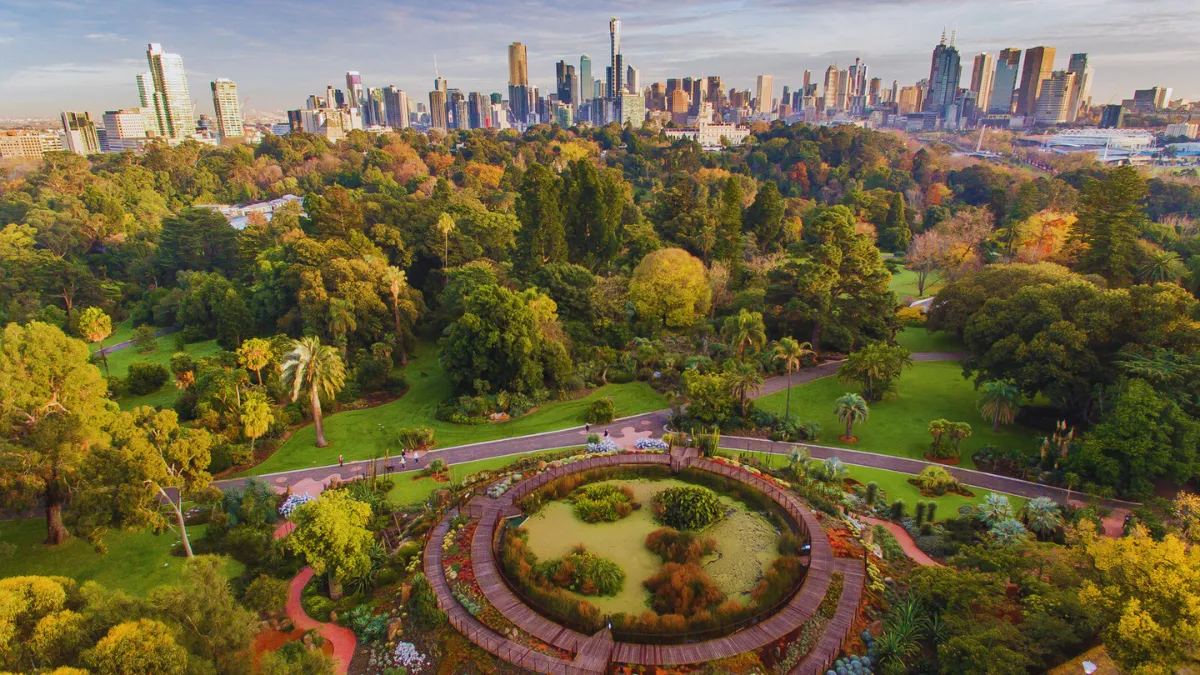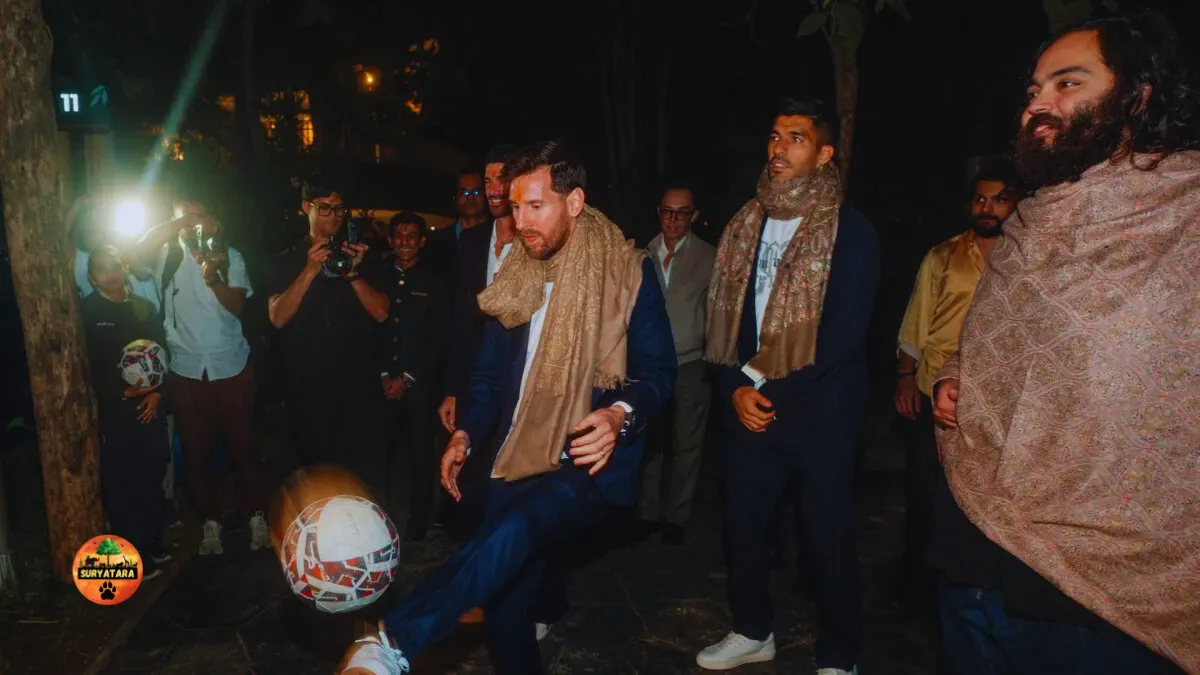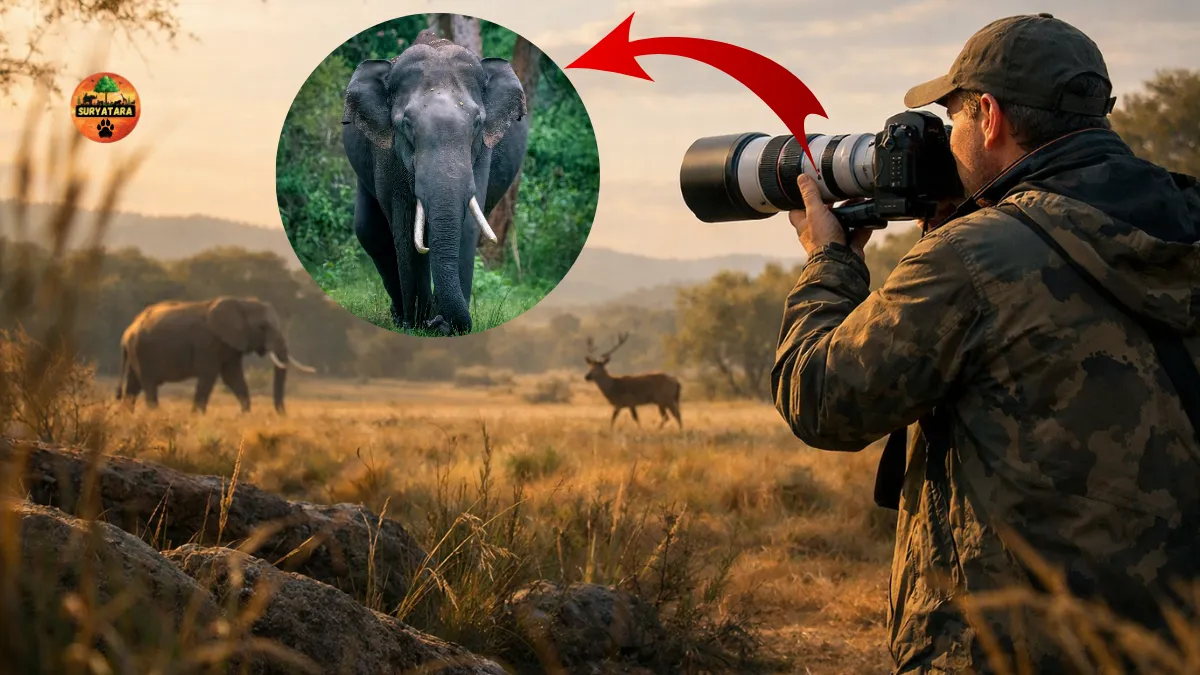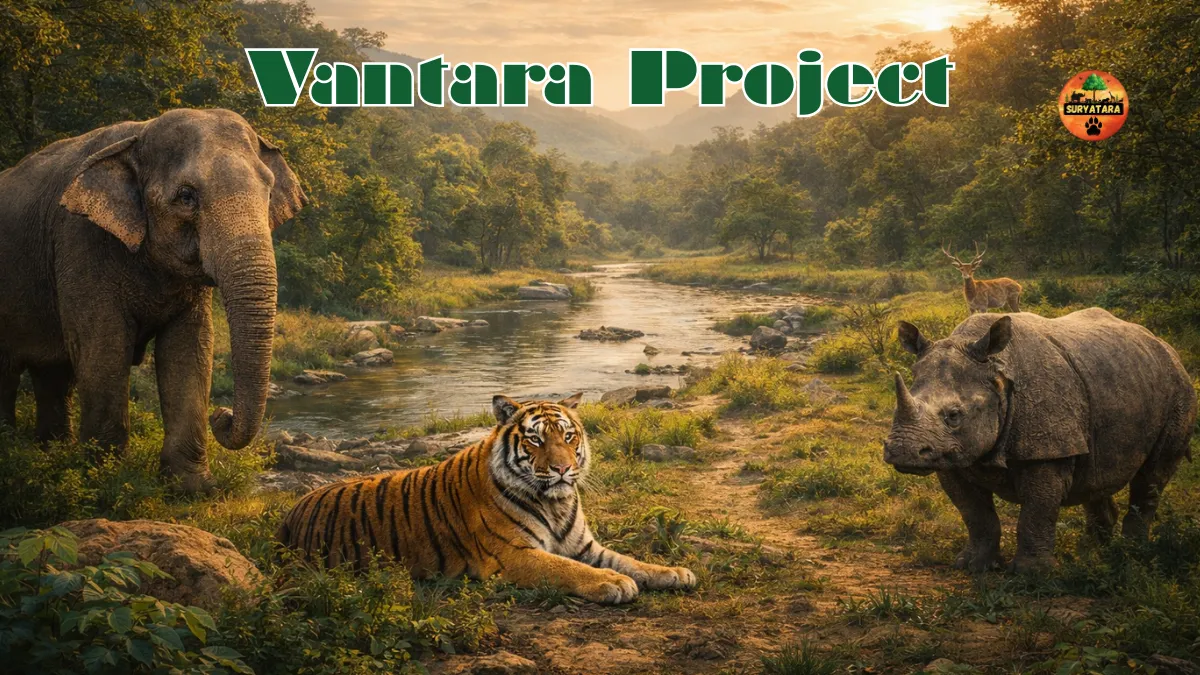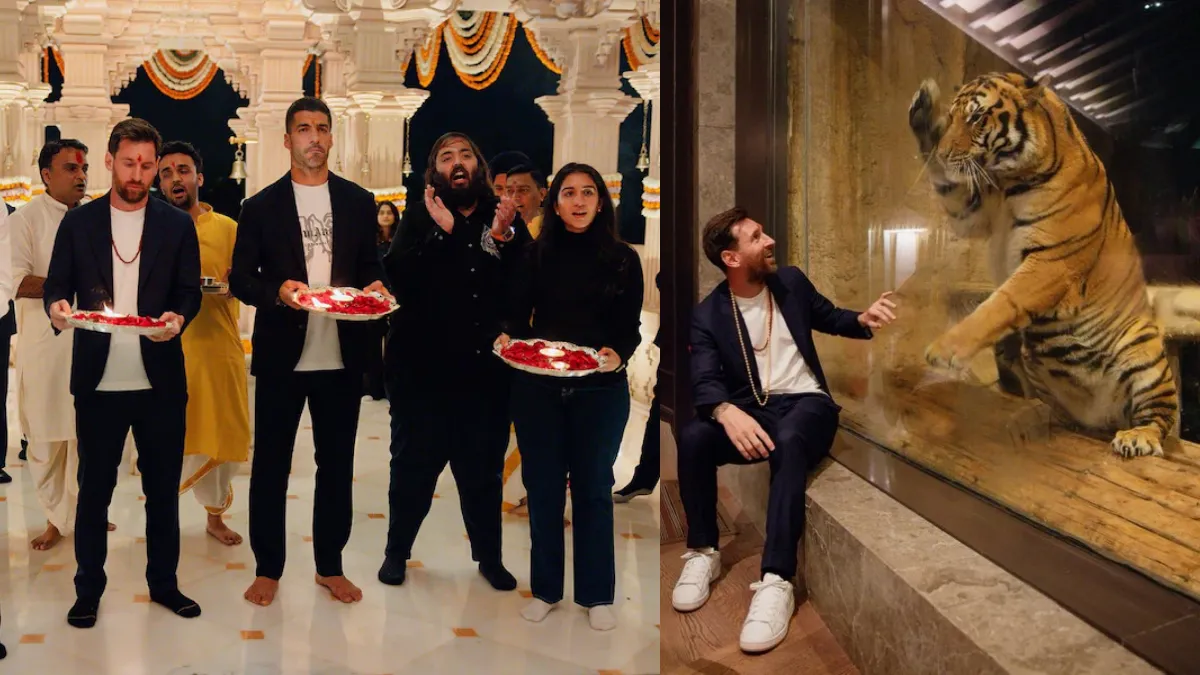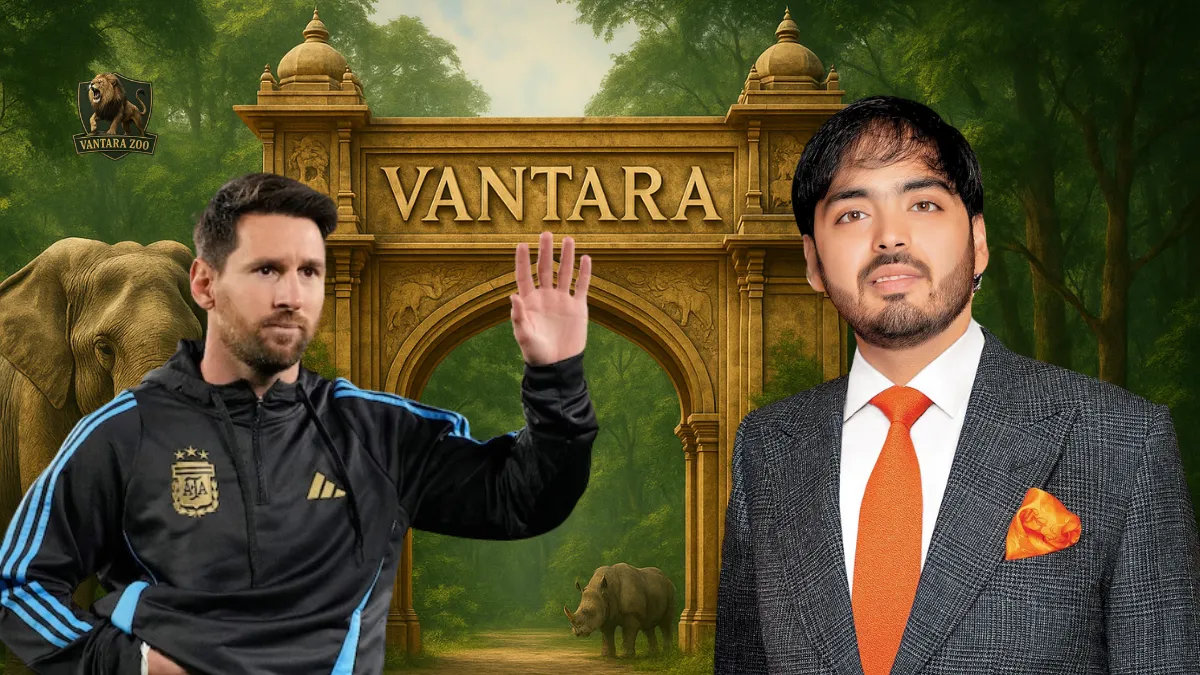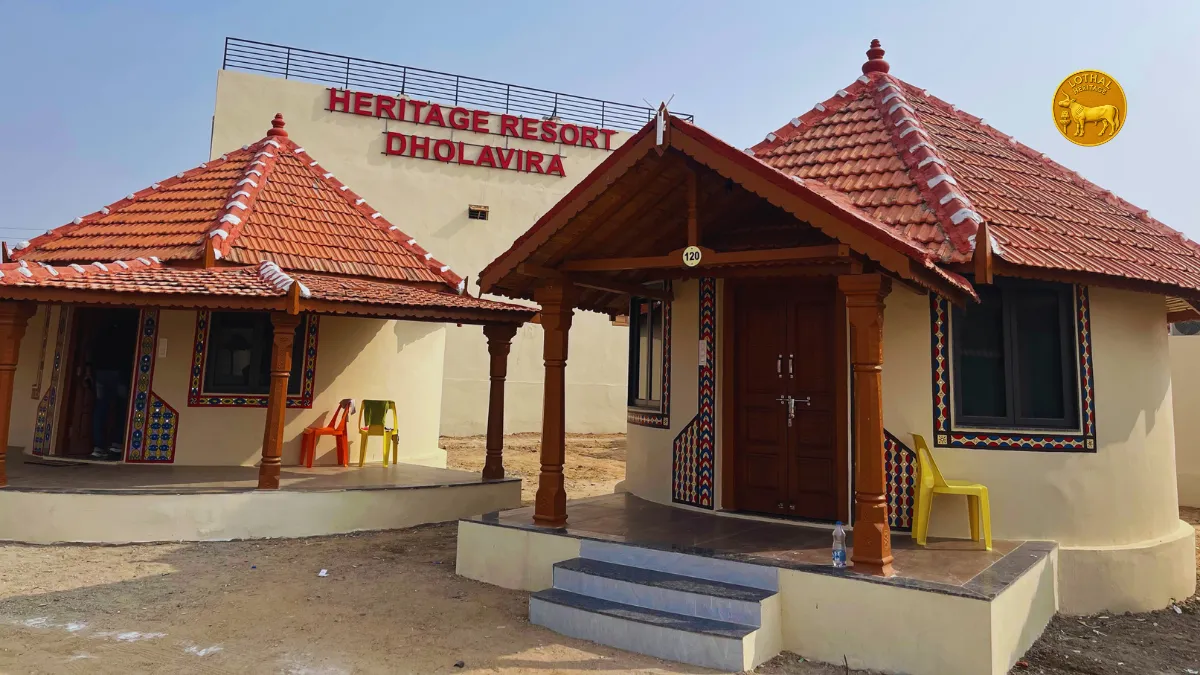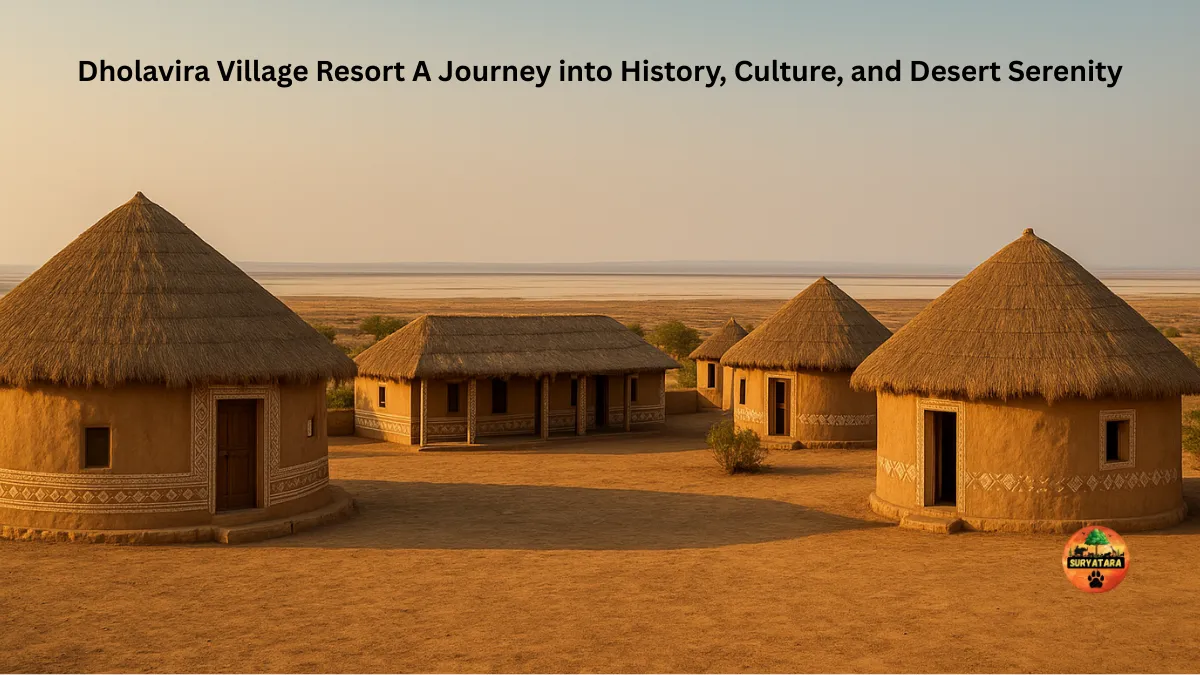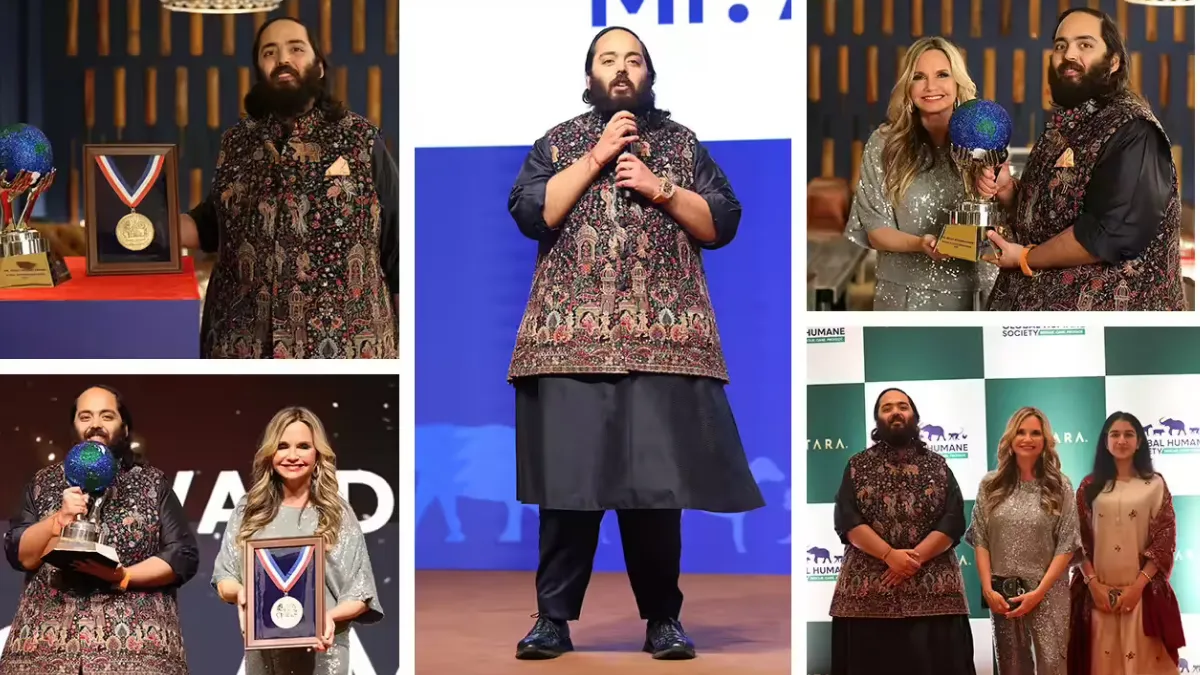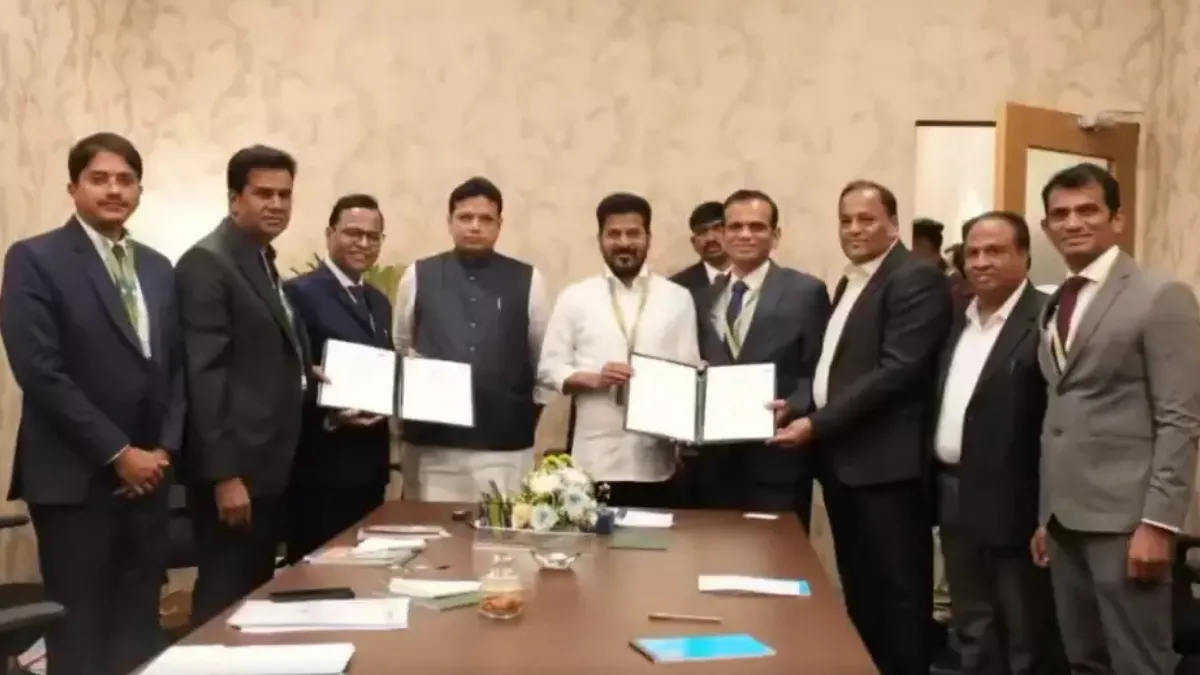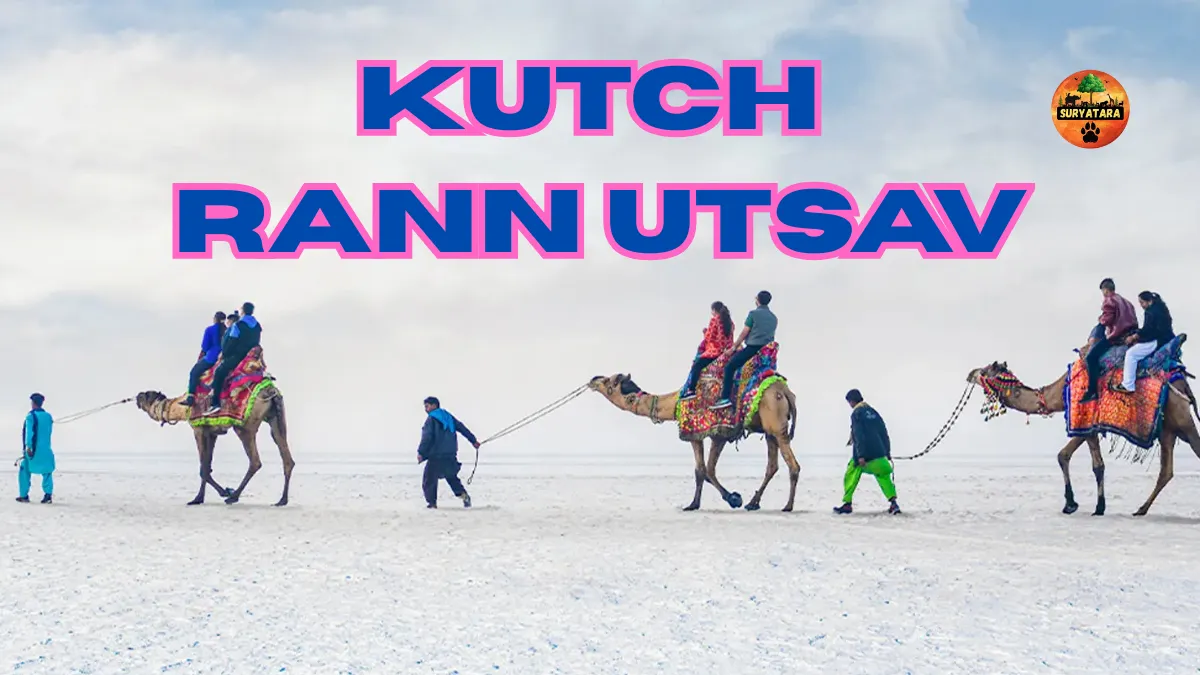Prime Minister Narendra Modi is expected to visit Gujarat again after Diwali, with a significant two-day tour scheduled for October 30–31. Like every year, the Prime Minister will preside over the Rashtriya Ekta Divas celebrations at the Statue of Unity, commemorating the birth anniversary of India’s Iron Man, Sardar Vallabhbhai Patel.
But this year’s visit carries even greater historical value. PM Modi is poised to lay the foundation stone for the highly awaited Museum of Royal Kingdom of India, a landmark project designed to showcase the legacy of India’s princely states and their monumental role in the nation’s unification.
A Grand Vision: The Museum of Royal Kingdom of India
The upcoming museum — spread across more than 5.5 acres in Limdi village, Kevadia — is envisioned to become one of India’s most important cultural and historical institutions. Overlooking the majestic Statue of Unity, the project aims to document, preserve, and celebrate the contributions of the 562 princely states that merged with the Indian Union during the transformative years between 1700 and 1950.
With an estimated cost of ₹367 crores, the Museum of Royal Kingdom of India (locally referred to as the Morki Museum) will highlight:
- The political integration of princely states
- Stories of royal families and dynasties
- Sardar Patel’s leadership in shaping modern India
- Rare documents, artefacts, and personal collections of royal houses
- Cultural traditions, customs, and lifestyles of erstwhile kingdoms
The museum is expected to be opened to the public by September 2027, marking a new milestone in India’s heritage tourism.
The Idea First Proposed in 2018
The concept of this museum isn’t new. During the inauguration of the Statue of Unity in 2018, PM Modi had spoken about the need to build a dedicated royal heritage museum to honour the former rulers who sacrificed their kingdoms for the unity of India.
He had also proposed the creation of a “virtual museum” that would permanently document the integration process and acknowledge the role of royal families in strengthening the nation.
This idea resonated strongly with the Rajput and Kshatriya community, who had long demanded an institution that highlighted the glorious heritage of Indian princely states.
Kevadia to Receive ₹800 Crore Mega Projects
During the visit, PM Modi will also inaugurate and lay the foundation stone for several new attractions worth ₹800 crore. These include:
- Gujarat Vandana Museum (₹100 crore)
- Veer Bal Udyan Museum (₹9 crore)
- Museum of Royal Kingdom of India
- New cycling track around the SOU area
- Bonsai Park
- Veer Bal Udyan
- Narmada Ghat extension
The introduction of these facilities will elevate Kevadia — now known as Ekta Nagar — into one of India’s most comprehensive heritage and tourism hubs.
Inside the Museum of Royal Kingdom of India: What Visitors Can Expect
The Museum of Royal Kingdom of India is being curated as an immersive, high-tech destination combining architecture, artefacts, and multimedia storytelling.
Five Galleries Showcasing India’s Royal Past
The museum will feature five distinct galleries, each offering a detailed perspective of India’s princely era:
1. Gallery of Royal Estates
This gallery will introduce visitors to India’s princely map — a vast and complex network of royal estates that existed before independence. It will include:
- Classification of princely states
- Introduction to ruling dynasties
- Their administrative systems
- Insights into palace structures and governance
2. Gallery of Royal Life and Traditions
The second gallery will give visitors a glimpse into the rich cultural world of Indian royalty. This section will showcase:
- Lifestyle, attire, and royal customs
- Palace rituals and festivals
- Defence traditions and state protocols
- Personal items belonging to royal families
3. Gallery on India’s Unification Story
This historically significant gallery will focus on the period of political integration, especially:
- The role of the British Empire
- The challenges India faced post-independence
- Sardar Vallabhbhai Patel’s monumental leadership
- Merger agreements and treaties
Rare documents that princely states submitted during the integration process will be displayed through digital presentations as well as original artefacts.
4. Gallery of Sacrifice and Unity
This section will celebrate the courage and patriotism of the princely states that voluntarily merged with the Indian Union. It will highlight:
- Personal stories of rulers
- Their contributions to national unity
- Objects donated by royal families
- Multimedia narratives showcasing their legacy
5. Children’s Gallery + Museum Shop & Café
Designed as an interactive zone, the fifth gallery will offer:
- Simplified stories about India’s princely past
- Touch-screen activities for young visitors
- A dedicated museum shop and café near the lobby
This makes the museum family-friendly and educational for all age groups.
250 Years of Royal History Under One Roof
The Museum of Royal Kingdom of India will chronicle history between 1700 and 1950, the era that shaped India’s royal heritage and ultimately modern India itself.
The timeline will include:
- Rise and fall of kingdoms
- Influence of different dynasties
- Colonial interactions with British rule
- India’s freedom struggle
- Unification and the birth of the Republic
Both digital exhibits and physical artefacts will be used to create an immersive experience, making the museum one of the most advanced heritage spaces in the world.
Consultations with Royal Families Across India
To ensure historical accuracy and sensitivity, the Gujarat government formed a committee in 2021 to meet royal families across the country. Representatives visited:
- Delhi
- Vadodara
- Rajkot
- Rajasthan
- Other regions with princely heritage
During these meetings, royal families provided insights on:
- What should be included in the museum
- Artefacts and personal collections they could donate
- How to accurately reflect the traditions of the Kshatriya community
This collaborative approach has shaped the museum’s content, ensuring it reflects authentic royal values and historical significance.
Who Is Building the Museum?
The state government has appointed top-level agencies for the project:
Architecture & Design
Ratanjiv Batli Boy — responsible for the museum’s architectural layout, building design, and structural planning.
Content & Curation
Bakul Raj Mehta & Associates — tasked with creating the museum’s storyline, exhibit planning, artefact display, and gallery-level content.
Project Management
ini Design Studio — overseeing execution, timelines, and overall coordination.
This multi-agency collaboration ensures the museum meets global standards in design and visitor experience.
Gujarat Vandana Museum: A Tribute to the State’s Heritage
Alongside the royal museum, Kevadia will also host the Gujarat Vandana Museum, a ₹100-crore cultural landmark. It will include:
- A dedicated visitor centre
- Exhibits showcasing Gujarat’s art, culture, festivals, and heritage
- Interactive installations for tourists
This museum will strengthen Kevadia’s role as a cultural powerhouse.
Veer Bal Udyan Museum: Stories of India’s Young Heroes
Another key project is the Veer Bal Udyan Museum, costing ₹9 crores. The museum will honour India’s legendary child heroes, featuring:
- Inspirational stories of bravery
- Audio-visual presentations
- Creative exhibits
- A youth-focused narrative
The work on this museum is expected to be completed by March 2026.
New Additions to Enhance the Ekta Nagar Experience
During his visit, PM Modi will inaugurate several tourism facilities, including:
- A new cycling track around the Statue of Unity
- The serene Bonsai Park
- The expanded Narmada Ghat
- Veer Bal Udyan adventure spaces
These attractions aim to enhance the overall visitor experience, turning Ekta Nagar into a world-class tourist destination.
Also read: Gujarat Vandana Museum: A Grand Cultural Landmark Rising Near the Statue of Unity
Why the Museum of Royal Kingdom of India Matters
This museum is more than a tourist attraction — it is a national tribute to the sacrifices, unity, and legacy of India’s royal families. For decades, the stories of princely states have remained scattered across palaces, archives, and private collections.
Now, for the first time, India will have a central institution that:
Honors the legacy of royal dynasties
Educates future generations about India’s unification
Highlights Sardar Patel’s visionary leadership
Strengthens Gujarat’s position as a global heritage hotspot
Supports tourism and economic development
Also read: Pushkar Fair 2025 Venue: Dates, Schedule, Attractions, and Complete Travel Guide
A Historic Step Towards Preserving India’s Royal Heritage
As PM Modi prepares to lay the foundation stone on October 31, the Museum of Royal Kingdom of India represents a defining step in preserving the nation’s cultural identity.
Once complete, it will not only document 250 years of history but also serve as a bridge between India’s majestic past and its vibrant, modern future.
